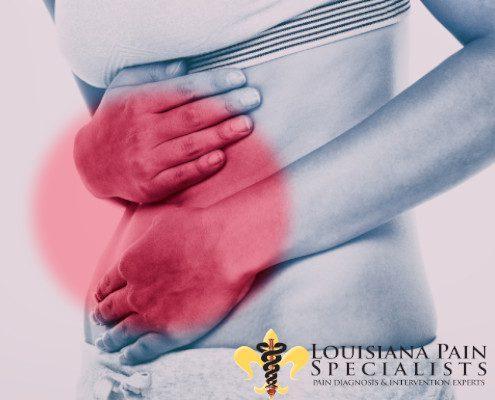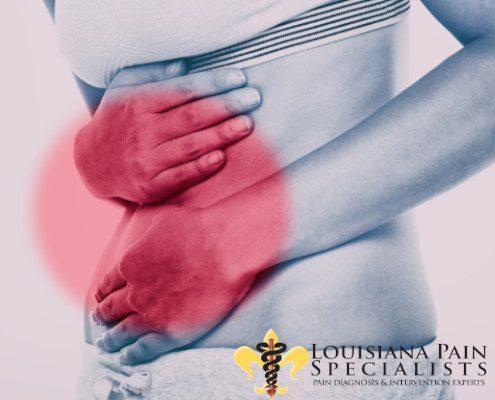
What Is Chronic Pancreatitis?
Chronic Pancreatitis is an inflammation in the pancreas that does not improve over time. The pancreas, an organ located behind the stomach, makes enzymes, or special proteins, that help with food digestion. It also produces hormones that control sugar levels in the bloodstream.

Pancreatitis can occur when the pancreas is inflamed. Acute pancreatitis occurs when the inflammation is sudden or lasts for short periods of time. Chronic Pancreatitis is when the inflammation keeps returning or if the inflammation does not heal for months or even years.
Chronic Pancreatitis is serious and can lead to permanent scarring and damage. In some cases, cysts and calcium stones may develop in the pancreas which can block the tube, or duct, that moves digestive enzymes and juices to the stomach causing digestive and blood sugar problems. It can lead to serious health problems like malnutrition and diabetes.
Causes
There are many different causes for Chronic Pancreatitis, but the most common is long-term alcohol consumption. Autoimmune Disease, abdominal surgery, narrow pancreatic duct, cystic fibrosis, pancreatic cancer, obesity, abdomen injury, high calcium levels, and even genetics can be additional causes. According to Dr. Suneil (Neil) Jolly, “Some of the risk factors include a family history of pancreatitis, obesity, cigarette smoking, and excessive alcohol consumption.”
Symptoms
At first, the symptoms may not be noticed as changes in the pancreas can advance before a person feels unwell. Some of the most common symptoms include: diarrhea, fatty stool, upper abdomen pain, nausea, vomiting, shortness of breath, weight loss, fatigue, and excessive thirst. As the disease progresses, more severe symptoms can include: jaundice, internal bleeding, intestinal blockage, and pancreatic fluids in the abdomen. The pain from these symptoms can last for hours up to days.
Treatments
Because it is difficult to see chronic pancreatitis in the early stages, even in blood tests, your doctor might require a stool sample to test for levels of fat. Fatty stool is a sign that the body is not absorbing nutrients properly. In addition, X-rays, abdominal ultrasound, CT Scans, endoscopic ultrasound and MRI scans all help a doctor to make a diagnosis. Once pancreatitis has been diagnosed, the next steps are reducing pain and improving digestive function. Treatments range from pain medication to surgery.
Persistent pain from chronic pancreatitis historically was difficult to treat. For years, our focus was on opioid and other analgesics and psychological treatments. Recent studies provided evidence for decrease in analgesic intake and pain scores after properly conducted sympathetic blocks (celiac, splanchnic nerve blocks). These therapies should be considered as a part of a multimodal analgesic strategy.” ~ Dr. Suneil (Neil) Jolly, Louisiana Pain Specialists
A splanchnic nerve block is a minimally invasive treatment for individuals suffering from chronic abdominal pain that does not require surgery. It is an injection of medication that helps relieve upper abdominal pain, which is associated with patients who have pancreatic cancer, pancreatitis, and other conditions that affect the gallbladder, liver, kidneys, stomach, and small intestines. Click HERE to learn more.
A Celiac Plexus Block is a procedure that is performed to diagnose and reduce abdominal pain caused by conditions such as cancer or pancreatitis. An injection is used to block the nerves serving the abdomen. An intravenous (IV) line may be used to administer medication to relax the patient. Click HERE to learn more.
Prompt diagnosis and treatment is very important for the long term outlook for recovery. Call the Louisiana Pain Specialists right away if you notice any symptoms of pancreatitis.
